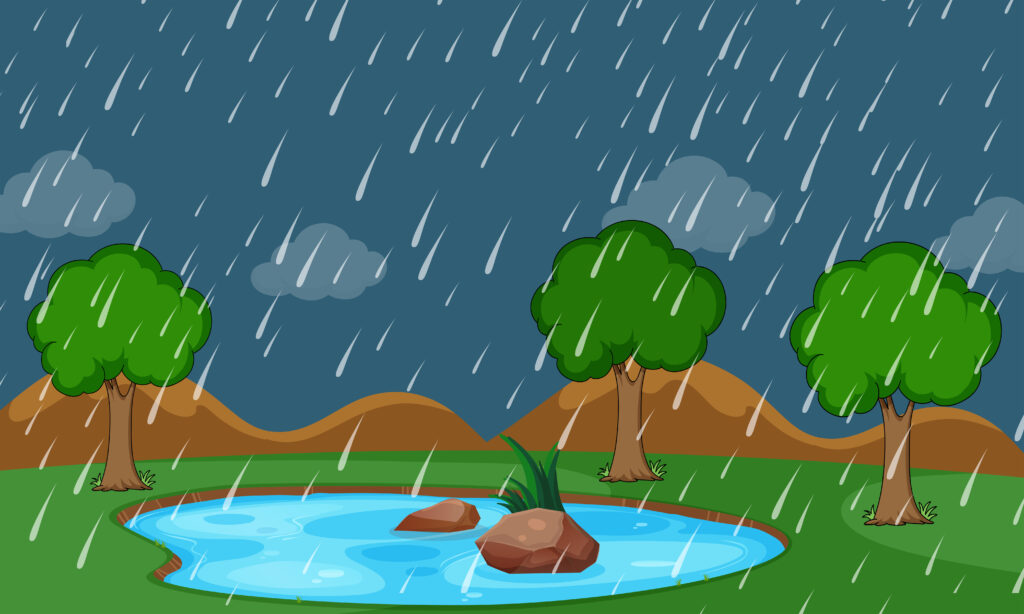‘’Water is life’’ – we all have been taught the importance of water since our childhood. Not only in schools, people from around the globe have taken the initiative to educate and spread the word to save water.
Rain Water Harvesting is one of those methods that would not only save water but act as a huge advantage for you in the days of drought or water shortage faced during summer.
Rainwater harvesting is a method of storing rainwater in containers by applying proper means to keep the water fit for any use over a long period of time.
Methods of Rain Water Harvesting :
Rainwater harvesting setups can range in complexity from setups that can be installed with minimal skills to systems that will require technical knowledge and skills. For domestic usage, a simple setup should suffice the needs.
Water can be stored in a reservoir on or under the surface. The stored-up water is later on taken to places with the help of a pipe or tube or
container.
Ponds, canals, big ditches or water courses, etc. in the country-sides are filled up with the rain-water to replenish the subterranean water storage subsequently.
Water can be stored in medically treated and carefully built subterranean reservoirs that can be used in emergencies.
The main components or basic components of the rainwater harvesting systems are :
– Surface Runoff Harvesting: In urban areas, water flows away surface runoff. This runoff can be caught and reused through appropriate methods.
– Rooftop Rain Water Harvesting: This is the most common and easy method used across the country. This system helps you to catch water where it falls. The water from the roof of the house or building is collected in tanks. This method is very effective and low in cost.
Usage of Rain Water Harvesting
– This reserved rainwater can be properly filtered and treated to be used as drinking water.
– This water is stored in ponds, ditches, canals, etc. in rural areas for use in everyday household chores as well as in agriculture also.
– The subterranean water in some areas is not drinkable due to its high arsenic percentage. To mitigate this problem in those areas, rainwater is conserved carefully to be used as a substitute for drinking water.











2 thoughts on “Rain Water Harvesting”